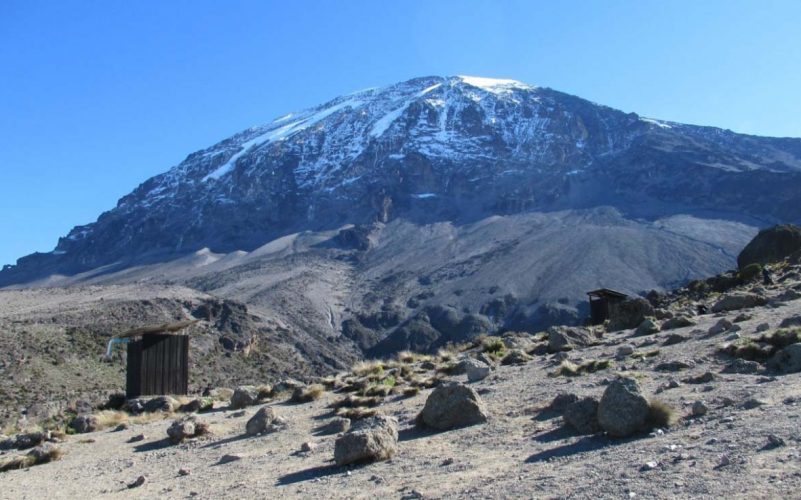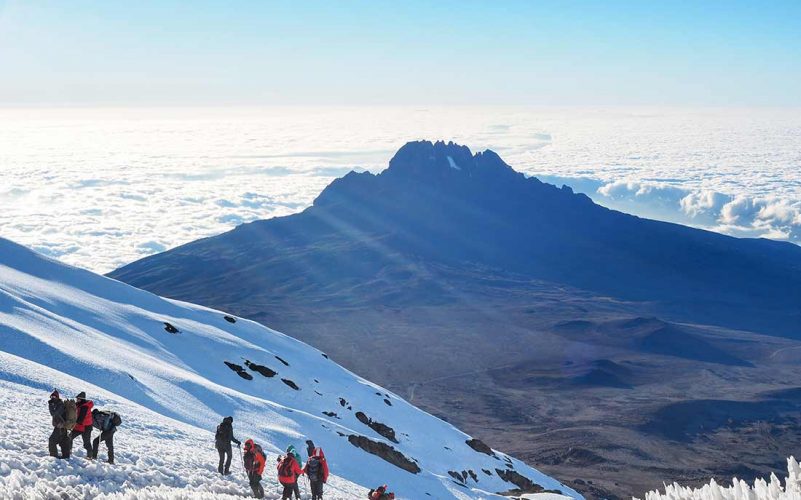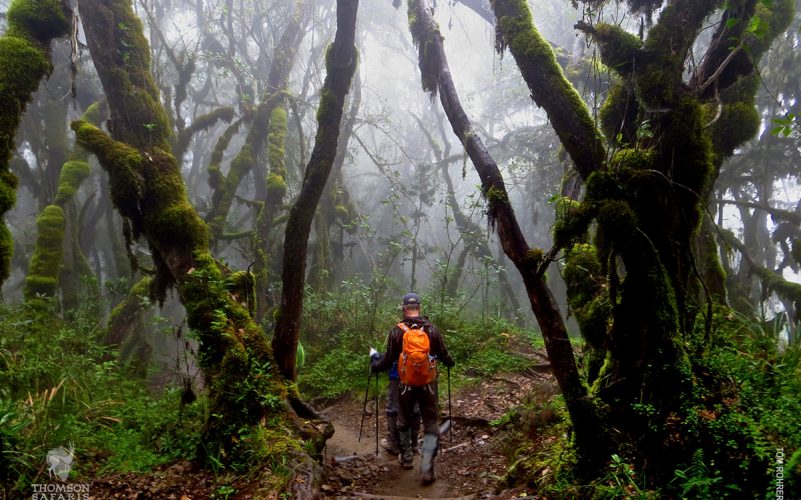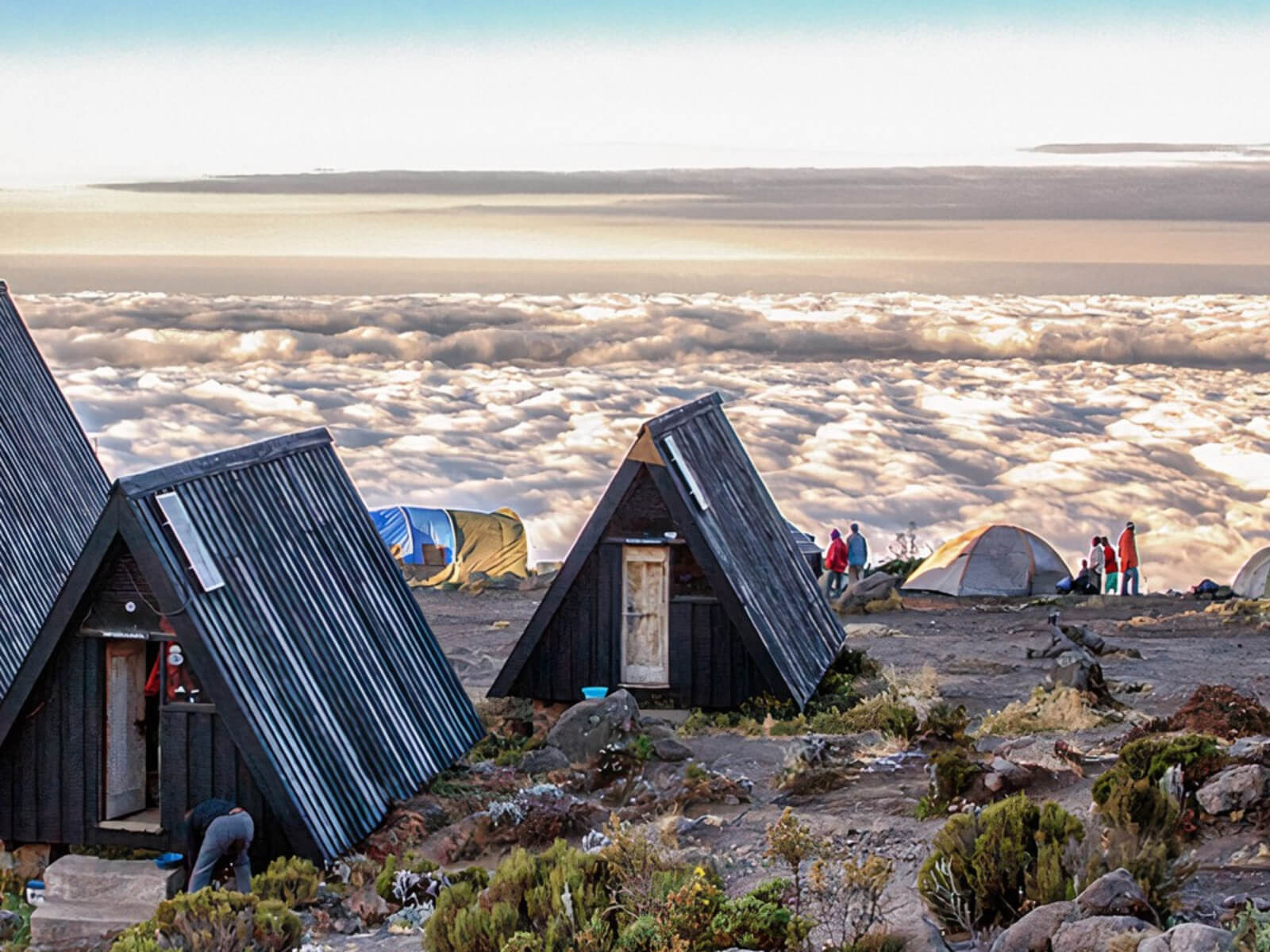- Home
- About Us
- Safaris
- 6 Days Tanzania Adventure Safari
- 7 Days The Best of Tanzania Romantic Safari
- 8 Days Wildebeest Calving Season
- 8 Days Best Migration Mara River Crossing
- 9 Days Tanzania Southern Safari
- 9 Days Tanzania Wildlife and Cultural Excursions
- 12 Days Tanzania Wildlife and Zanzibar
- 13 Days Southern Tanzania and Zanzibar Safari

- Trekking
- Destinations
- Zanzibar
- Contact
-
Arusha - Tanzania
-
+255 767 568 709

- Home
- About Us
- Safaris
- 6 Days Tanzania Adventure Safari
- 7 Days The Best of Tanzania Romantic Safari
- 8 Days Wildebeest Calving Season
- 8 Days Best Migration Mara River Crossing
- 9 Days Tanzania Southern Safari
- 9 Days Tanzania Wildlife and Cultural Excursions
- 12 Days Tanzania Wildlife and Zanzibar
- 13 Days Southern Tanzania and Zanzibar Safari

- Trekking
- Destinations
- Zanzibar
- Contact
-
Arusha - Tanzania
-
+255 767 568 709
-
info@broadleafadventures.com
- Home
- About Us
- Safari
- 6 Days Tanzania Adventure Safari
- 7 Days The best of Tanzania Romantic Safari
- 8 Days Best Migration Mara River Crossing
- 8 Days Wildebeest Calving Season
- 9 Days Tanzania Southern Safari
- 9 Days Tanzania Wildlife and Cultural Excursions
- 12 Days Tanzania Wildlife and Zanzibar
- 13 Days Southern Tanzania and Zanzibar Safari
- Trekking
- Destinations
- Zanzibar
- Contact Us
Umbwe Route
Duration
6 Days
Climbing to
Kilimanjaro
Area to Visit
Umbwe gate,Umbwe Cave, Camp ( Barranco, Karanga, Barafu to Uhuru Peak, Mweka) and Mweka gate
Overview
The Umbwe route is Mount Kilimanjaro’s most difficult and challenging route, as well as one of the shortest routes to the Southern Glaciers and the Western Breach. This is ideal for hikers who want to take on a true climbing challenge. It is a quiet, rarely traveled path that can be both challenging and rewarding. This is the route to take if you want to test yourself on the slopes of Mount Kilimanjaro away from the crowds found on the more popular trails.
While the Umbwe route is not technically difficult, it does have some steep ascents and occasionally requires trekkers to scramble over rocks and tree roots. It is the most difficult and direct route up the mountain, with several exposed ridges that should not be attempted by the faint of heart. It is best suited for experienced mountain trekkers looking for a challenge, as hikers’ fitness and stamina may be tested along the way.




Previous image
Next image
6 DAYS ITINERARY
Day by Day
Day 0: Arrival Day
When you arrive in Tanzania, whether through Kilimanjaro International Airport or Arusha Airport, you will be met by our native professional driver guide, who will provide you with important information and details about your trip and program. He will help you load and sort your luggage before driving you to your hotel for rest, dinner, and overnight. On the way to the hotel, your driver guide will share the best stories and information about Tanzania and its people’s culture with you.
Day 1: Umbwe gate to Umbwe Cave
Elevation: 1800m to 2850m
Driving from Arusha to the Kilimanjaro National Park entrance. We will patiently await the issuance of our permits while observing the hustle and bustle of operations as many crews prepare for the journey ahead. While your guide tells you about the local flora and fauna and natural wildlife, you can enjoy the beautiful rainforest scenery and windy trails. The trail can be muddy and slippery at these lower elevations. Gaiters and trekking poles are highly recommended here. The path ascends through the dense montane forest by following a ridge between two deep valleys. The camp is nestled between massive trees and dense undergrowth.
Day 2: Umbwe Cave to Barranco Camp
Elevation: 2850m to 3900m
We leave camp, and the forest soon comes to an end. As the afternoon mists roll up the Great Barranco, we can see the sheer wall of the Western Breach appearing and disappearing. Tonight we will camp at Barranco.
Day 3: Barranco Camp to Karanga Camp
Elevation: 3900m to 3995m
After breakfast, we continue on a steep ridge up the adventurous Barranco Wall to the Karanga Valley and the Mweka Trail junction. Seeing your crew’s power, agility, and strength zip over this wall with apparent ease is one of the most impressive days. Have a good night’s sleep at Karanga Camp.
Day 4: Karanga Camp to Barafu Camp
Elevation: 3900m to 3995m
We leave Karanga campsite to reach the junction with the Mweka descent Trail. We continue up to the Barafu Hut from here. You have now completed the Southern Circuit, which provides views of the summit from a variety of perspectives. We can rest, eat dinner, and prepare for the summit day at camp. From this vantage point, the two peaks of Mawenzi and Kibo are clearly visible.
Day 5: Barafu Camp to Uhuru Peak to Mweka Camp
Elevation: 4673m to 5895m to 3100m
At 23:30, you will be awakened with some quick tea and biscuits. We begin our ascent between the Rebman and Ratzel glaciers. We’ll head northwest and ascend through a dense volcanic scree towards Stella Point on the crater rim. This is the most difficult part of the journey, both mentally and physically. We’ll take a short break at Stella Point (5732m) and be rewarded with the most spectacular sunrise you’re ever likely to see.
We will have reached the highest point on Mount Kilimanjaro and the African continent when we reach Uhuru Peak (5895m). At these elevations, it can be very cold at night, but it will be quite warm by the end of the hiking day. We descend from the summit to the Mweka Hut camp site via Barafu for lunch. Trekking poles will be required for the loose gravel descent to Mweka Camp (3100m). Later that evening, we’ll have our final meal on the mountain before stepping down for the night.
Day 6: Mweka Camp to Mweka gate
Elevation: 3100m to 1800m
It’s time to say goodbye after breakfast and a heartfelt ceremony of appreciation and team bonding with your crew. We continue down to the Mweka Park Gate to collect your summit certificates. The terrain is wet, muddy, and steep due to the warmer weather, and we strongly recommend Gaiters and trekking poles. A vehicle will meet you at Mweka village and drive you back to Arusha/Moshi.
ENQUIRE THIS TOUR
1
Step 1
keyboard_arrow_leftPrevious
Nextkeyboard_arrow_right








